Brep
Jr. Member
- Aug 7, 2008
- 28
- 0
As you can probably tell, my dad and I just started artifact hunting. Could anyone please help ID the different types of materials in the photos below? We have been calling the shards and pieces flint, but Molly has stated that a lot of it is Rhyolite. Neither is native to the area we hunt. The closest source is about 100 miles away. Also, does anyone know away of cleaning these materials without damaging them? Any help would be greatly appreciated. Thanks...Brep
Attachments
Upvote
0


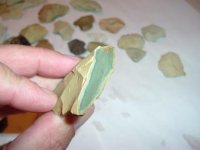
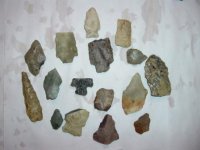
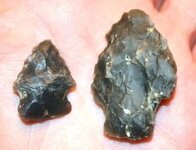
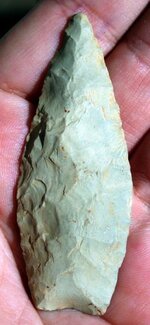
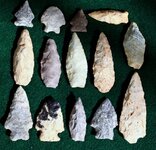
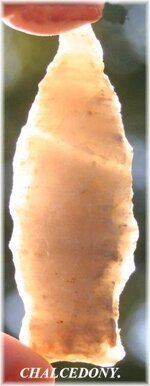
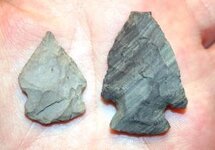
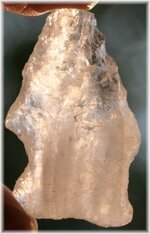
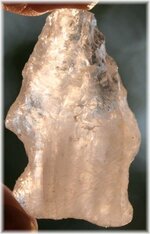
 Most points I do just use water but sometimes the soil gets in the flaking, I like my points clean. If its where it won't come off with Palmolive, I leave it on.
Most points I do just use water but sometimes the soil gets in the flaking, I like my points clean. If its where it won't come off with Palmolive, I leave it on. 




